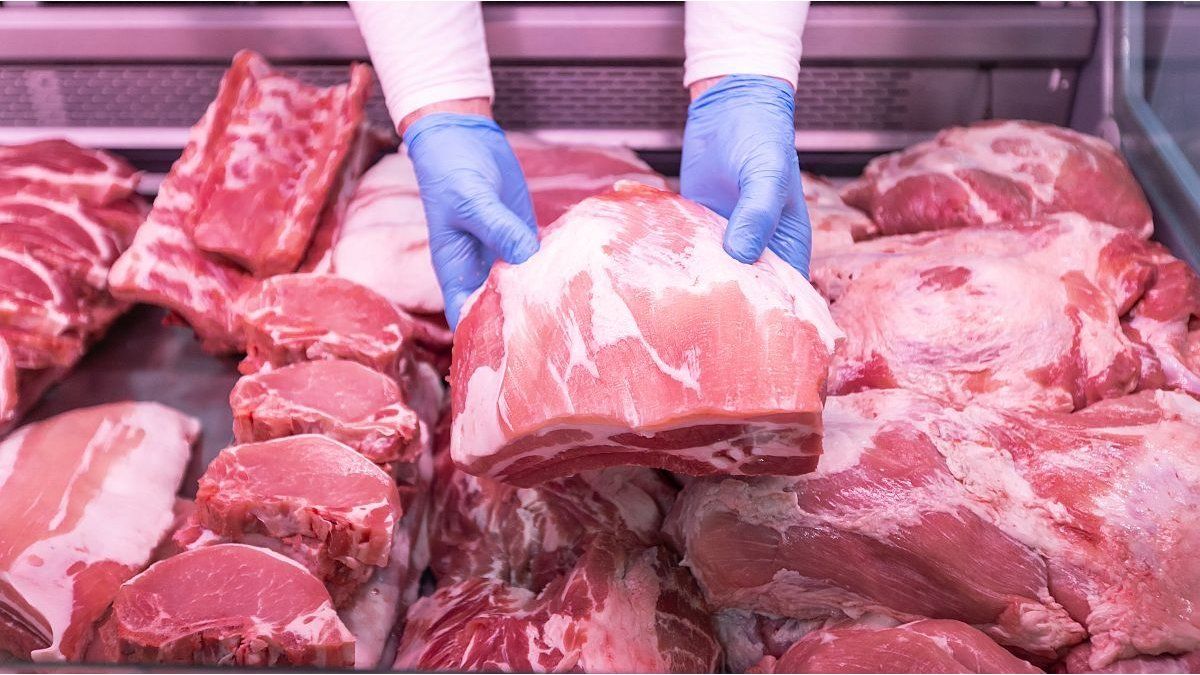The consumption of beef It fell 17.5% in the first quarter of the year compared to the same period in 2023 and was once again the worst record in the last 30 yearsaccording to what was reported by the Chamber of Industry and Commerce of Meats and Derivatives of the Argentine Republic (CICCRA).
The survey specified that “the apparent consumption of beef would have totaled 663.4 thousand tons of beef with bone (tn r/c/h)” between January and April, which means 141.1 tons less than the first four months of last year.
Furthermore, the report showed that “with these figures, the apparent consumption of beef per inhabitant would have been equivalent to 42.4 kilos/year in the first four months of 2024, being 18.5% lower than that registered in the same period of 2023 ( -9.6 kg/inhabitant/year).
In this way, as in the previous measurement, corresponding to the first quarter of the current calendar, meat consumption continues to suffer a historic decline. This is reflected in the fact that “it is the lowest record in the last three decades.”
In relation to the variation in prices in the context of high inflation that has an influence on the decrease in consumption, the report provided that during April, the average cost of ‘meats and meat products’ was once again among those that increased the least ( 4.9%).
In this regard, the report indicated that “it was the average value of beef cuts surveyed by INDEC that contributed to this slowdown, since it increased 4.7% in relation to March” and in contrast, they indicated that “on the other hand, the “chicken price increased 8.2% in the month.”
In the year-on-year comparison, the average price of beef cuts measured by INDEC registered an increase of 284.3%, with a maximum of 304.8% in the case of common minced meat and a minimum of 265.7% in the roast case. The increase was below the increase in the price of standing property (+321.8% annually), and the evolution of the general level of consumer prices (+292.2%).
From CICCRA they explained that “what prevented the butcher shops from transferring all these cost increases immediately to the counter and the contraction of internal consumption of beef from being even greater than that verified, was the very strong fall that occurred in the purchasing power of the employees in the last year, especially those employed in the public sector and informally employed persons in the private sector”.
In that sense, they contributed that “with data available as of March 2024, the average salary of formal workers in the private sector, which most closely followed the general level of consumer prices, increased 231.7% annually. This implies that the loss of purchasing power of these workers was 14.9% in general terms and 12.2% in terms of beef cuts.”
Likewise, they added that “the average salary of public sector workers rose 183.7% annually and that of unregistered workers only increased 129.2%. Therefore, in these two cases the loss of purchasing power of beef cuts was 24.9% and 39.4%, respectively, in the last year.”
Meat production in Argentina
Regarding the activity of the beef meat processing industry in April, the report noted that “it registered a slight improvement in relation to March, but it continued to be much lower than that of the same month of the previous year.”
In the January-April 2024 quarter, 353 establishments operated, slaughtering a total of 4.34 million head of cattle, that is, 8.1% less than a year before. Meanwhile, production was equivalent to 988 thousand tons of meat, which showed a decrease of 7.7% year-on-year. The supply of beef contracted by 82.4 thousand tons between the first four months of 2023 and 2024.
Source: Ambito




